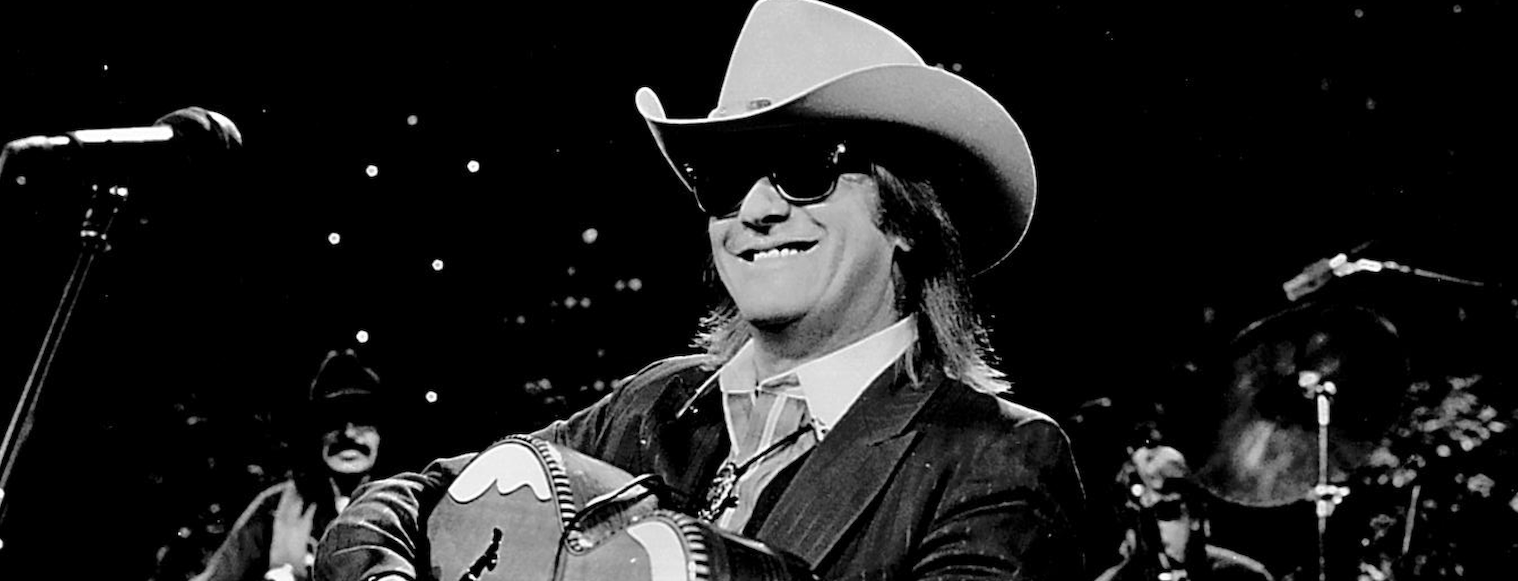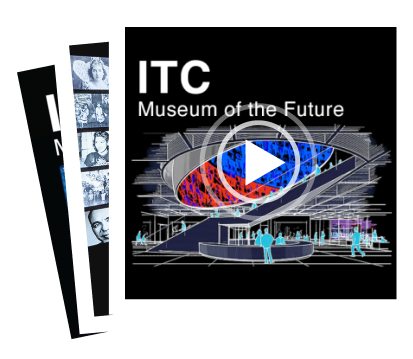Paragraphs
Featured

Tradition and Technology: Texan Cultures Go Digital
When the Institute of Texan Cultures opens in early 2026, visitors will experience Texas through immersive multimedia…

Curating a Framework for Connection
As we settle into our new home, one of the most noticeable changes—beyond the square footage—is the way our exhibitions…

Doug Sahm: The Texas Tornado Who Redefined American Music
Doug Sahm’s musical journey is a true Texas legend. Born in San Antonio in 1941, Sahm was a child prodigy who mastered…
News
Get the latest news on what is happening at the Institute of Texan Cultures.

Tradition and Technology: Texan Cultures Go Digital
When the Institute of Texan Cultures opens in early 2026, visitors will experience Texas through immersive multimedia…

Hands-On Texas History
The Institute of Texan Cultures has partnered with the UT San Antonio Youth Artist Program and San Antonio Independent…

A Canvas of Community
As the Institute of Texan Cultures staff began preparing for the museum’s reopening in early 2026 at Frost Tower, they…

